Description
Chloroprene Rubber (CR): A Versatile Elastomer with a Wide Range of Applications
Chloroprene rubber (CR), also known as neoprene, is a synthetic rubber produced by the polymerization of chloroprene (2-chloro-1,3-butadiene). Discovered in 1930 by Wallace Carothers at DuPont, CR stands out for its impressive combination of chemical resistance, mechanical strength, and weatherability, making it a popular choice for a diverse array of applications across various industries.
Key Properties of Chloroprene Rubber:
CR boasts a unique set of properties that contribute to its widespread use:
- Excellent Chemical Resistance: CR exhibits remarkable resistance to a variety of chemicals, including oils, fuels, solvents, and refrigerants. This makes it ideal for applications involving exposure to harsh chemical environments.
- Good Weatherability: CR is highly resistant to degradation from sunlight, ozone, and weathering. This ensures longevity and performance stability in outdoor applications.
- High Mechanical Strength: CR possesses good tensile strength, tear resistance, and abrasion resistance, contributing to its durability and ability to withstand wear and tear.
- Moderate Heat Resistance: While not as heat resistant as some other elastomers, CR can withstand moderate temperatures, typically up to 100°C (212°F), without significant degradation.
- Good Flame Resistance: CR exhibits inherent flame resistance properties, making it suitable for applications where fire safety is a concern.
- Adhesion: CR can be easily bonded to various materials, including metals, fabrics, and other rubbers, expanding its versatility in composite structures.
Manufacturing Process:
The production of CR involves a complex process consisting of several key steps:
- Chloroprene Monomer Production: Chloroprene is typically synthesized through the chlorination of butadiene, followed by isomerization and dehydrochlorination.
- Polymerization: Chloroprene monomers are polymerized in an emulsion polymerization process, where the monomers are dispersed in water with the aid of emulsifiers. The polymerization reaction is initiated using free radical initiators, resulting in the formation of long-chain CR polymers.
- Coagulation and Washing: The latex produced in the polymerization process is coagulated using chemicals or freezing. The coagulated rubber is then washed to remove impurities and residual chemicals.
- Drying: The washed rubber is dried using various methods, such as air drying or oven drying, to remove moisture and obtain a solid rubber form.
- Formulation and Compounding: The dried rubber is then formulated with various additives, such as fillers, antioxidants, and vulcanizing agents, to tailor its properties for specific applications.
- Vulcanization (Curing): The compounded rubber is vulcanized, a process that involves heating the rubber with a curing agent, typically sulfur, to crosslink the polymer chains. This process enhances the rubber’s strength, elasticity, and durability.
Applications of Chloroprene Rubber:
The unique properties of CR have led to its widespread use in a variety of applications, including:
- Automotive Industry: Used in hoses, belts, seals, and gaskets due to its resistance to oils, fuels, and heat.
- Construction Industry: Employed in roofing membranes, adhesives, and sealants due to its weather resistance and durability.
- Electrical Industry: Utilized as insulation for wires and cables due to its electrical resistance and flame resistance.
- Textile Industry: Used to produce wet suits, dry suits, and orthopedic supports due to its flexibility, insulation, and water resistance.
- Adhesives and Sealants: CR-based adhesives offer strong bonding capabilities and resistance to various environmental factors.
- Industrial Applications: Used in conveyor belts, rollers, and vibration dampers due to its mechanical strength and resistance to chemicals.
- Medical Applications: Employed in medical gloves and tubing due to its resistance to chemicals and good biocompatibility.
Advantages and Disadvantages:
Advantages:
- Excellent chemical resistance
- Good weatherability
- High mechanical strength
- Good flame resistance
- Versatile and adaptable to various applications.
Disadvantages:
- Relatively expensive compared to some other general-purpose rubbers.
- Lower heat resistance compared to specialized high-temperature elastomers.
- Can be susceptible to degradation by strong oxidizing agents.
Conclusion:
Chloroprene rubber (CR) remains a valuable and versatile elastomer with a wide range of applications across diverse industries. Its unique combination of chemical resistance, mechanical strength, and weatherability ensures its continued relevance in demanding environments. While advancements in polymer technology are continuously introducing new materials, CR retains a significant market share due to its well-established performance and long track record. Understanding its properties, manufacturing process, and diverse applications provides a comprehensive appreciation for the significant role it plays in modern technology.

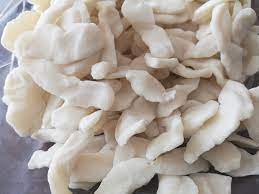
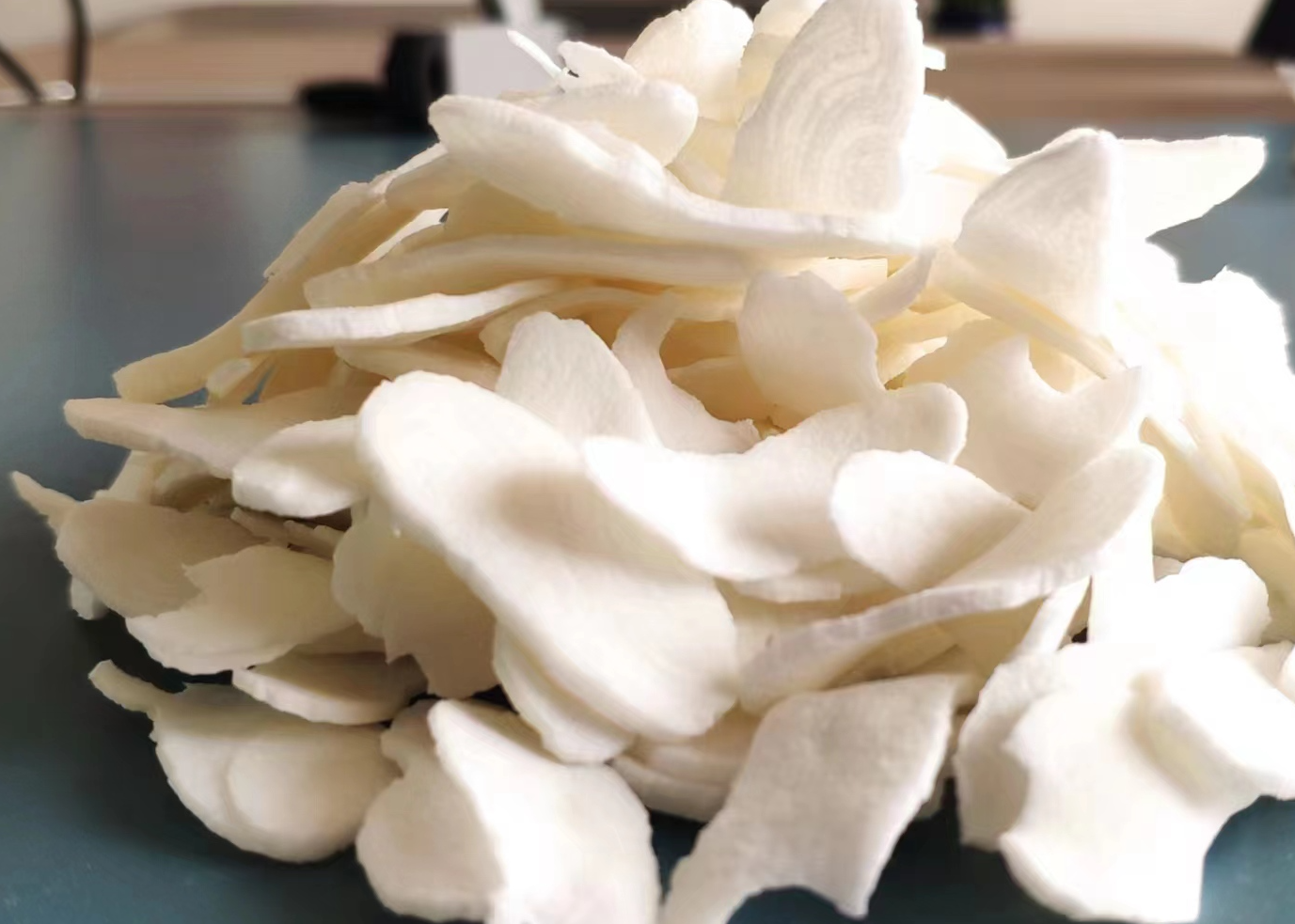
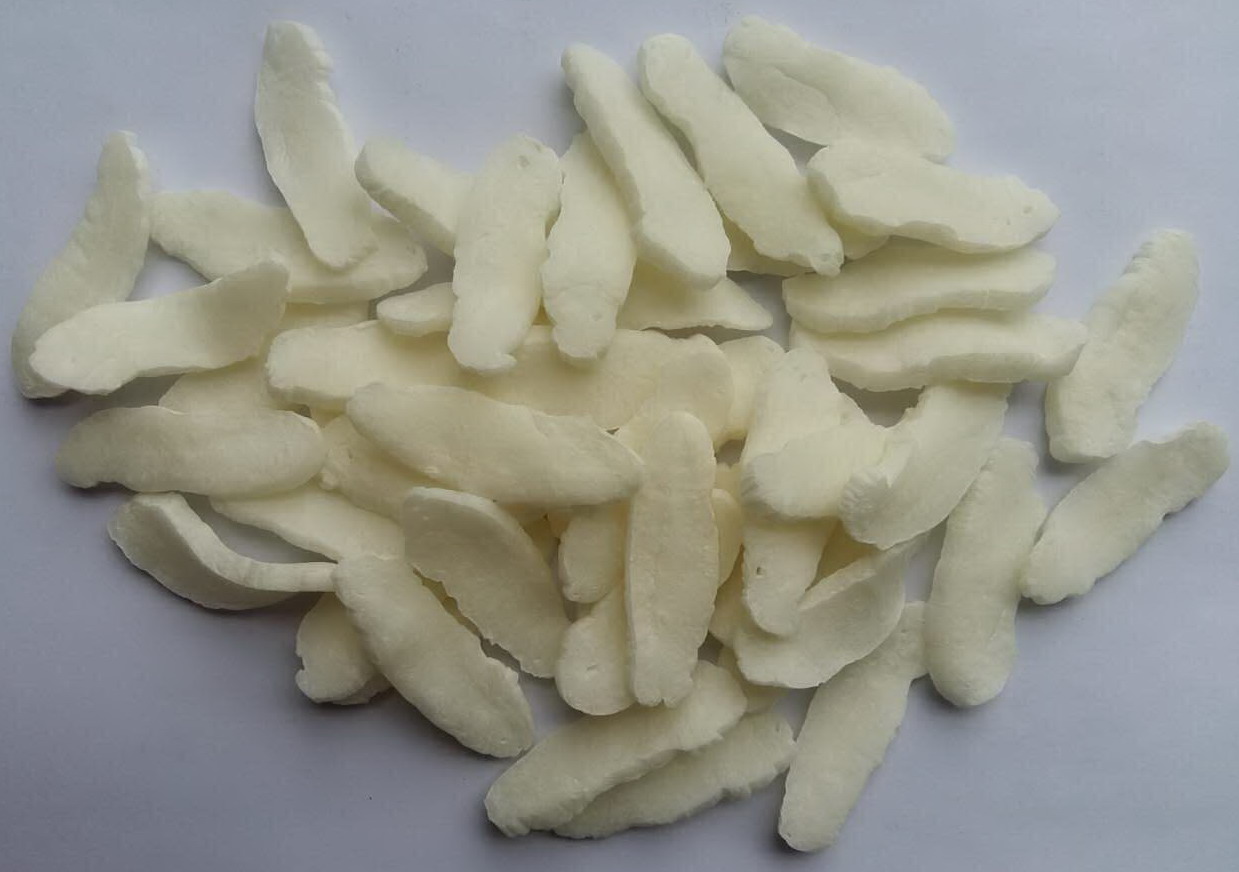


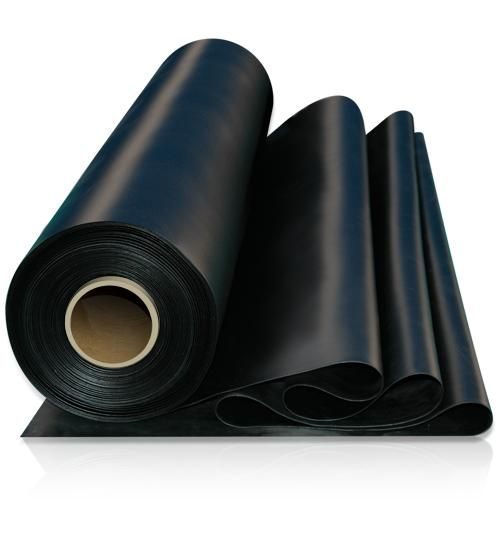



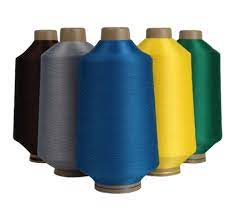
Reviews
There are no reviews yet.